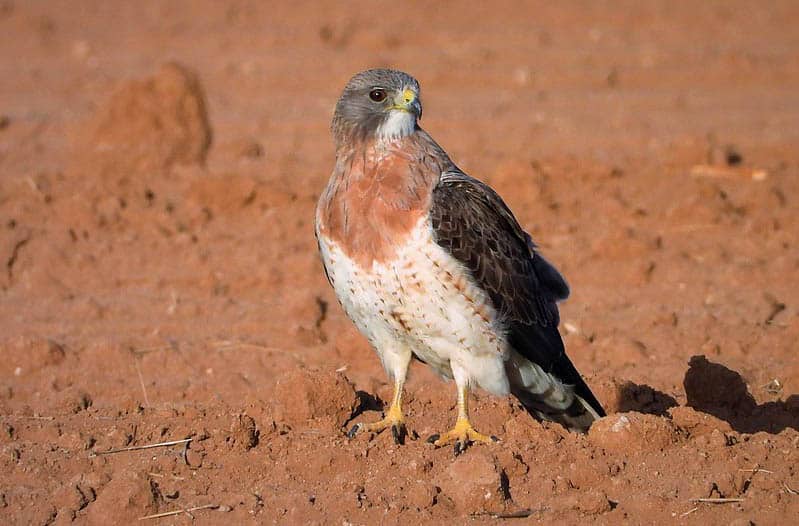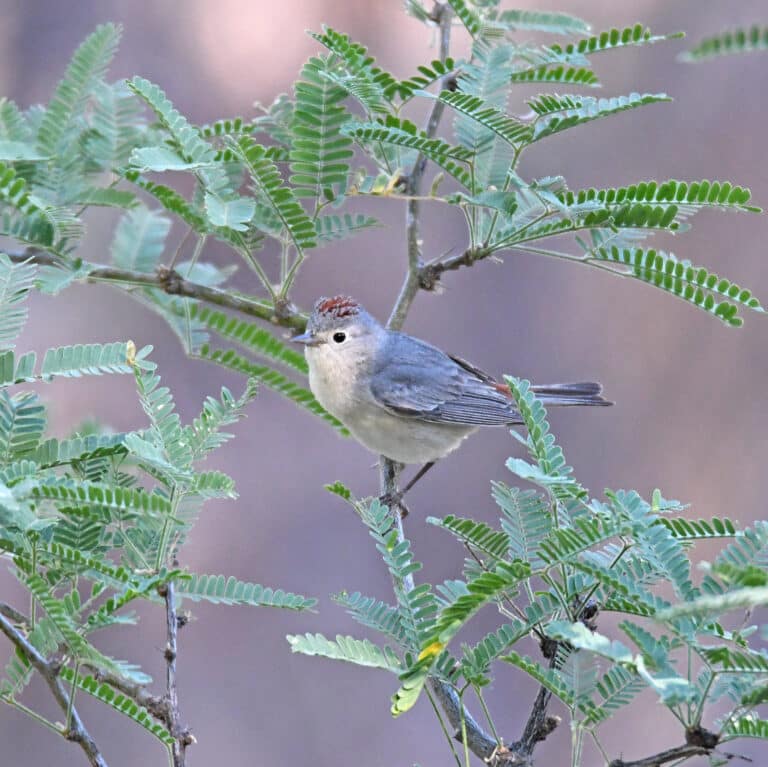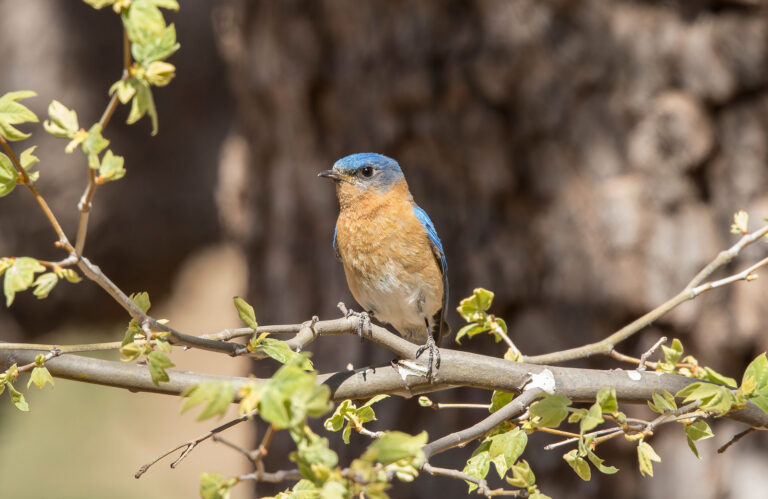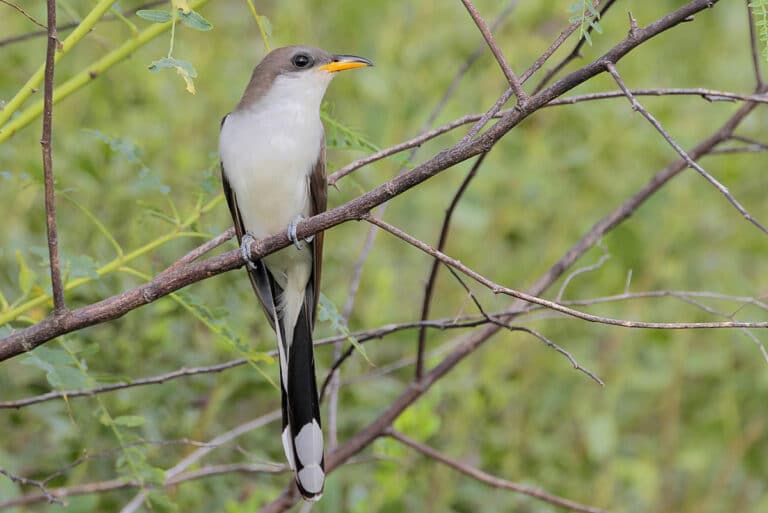If you’re a fan of raptors in Southeast Arizona, August through October is a great time to get up-close looks at one of our really cool hawks. The Swainson’s Hawk breeds across the western US and midwest from northern Mexico up to Alaska in open country of grasslands, agricultural areas, and sparse woodlands. The magic happens when these hawks migrate—they gather in large groups and form flying “kettles” that number in the hundreds and even tens of thousands of individuals, sometimes mixing with vultures and other hawks. Swainson’s Hawks are often the superstars of many hawk watches in the Western Hemisphere with nearly 350,000 counted from a single point in Panama City in October and November, and up to 845,000 counted in a single autumn in Veracruz, Mexico. The birds were on their way to Argentina, a 6,000 mile journey and one of the longest migrations for any bird of prey.
During the breeding season, Swainson’s Hawk families feed on the typical rodents, rabbits, and reptiles. They are decidedly atypical at other times of year when they become almost exclusively insectivorous and earn the nicknames Grasshopper Hawk and Locust Hawk. Related to both prey types, the use of pesticides in agricultural areas has led to a decline in hawks in the US and Argentina.
Locally, the farm fields of the Santa Cruz Flats area has become a great place to view Swainson’s Hawks up-close and in large numbers as they gather to feed on insects before heading south. In these perch-deprived areas, look for them standing on the ground in groups—no other hawks can be found in large numbers in this way.
Image by Martin Molina




